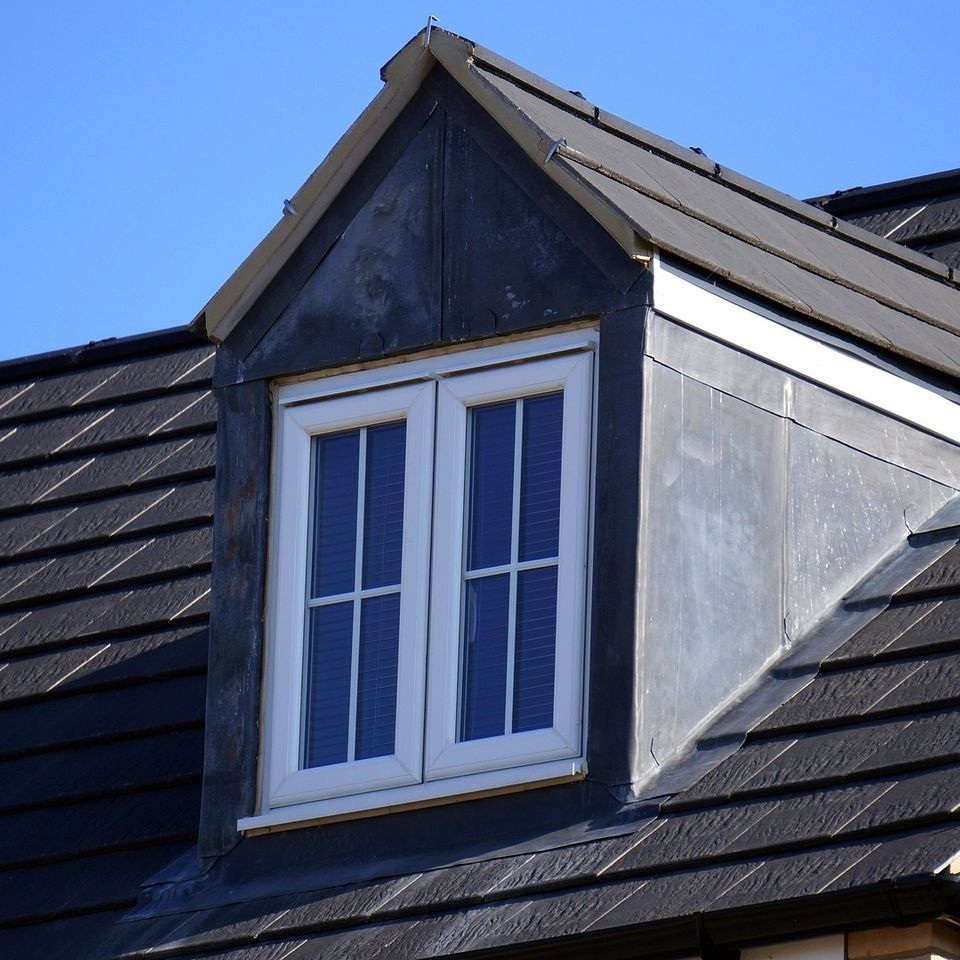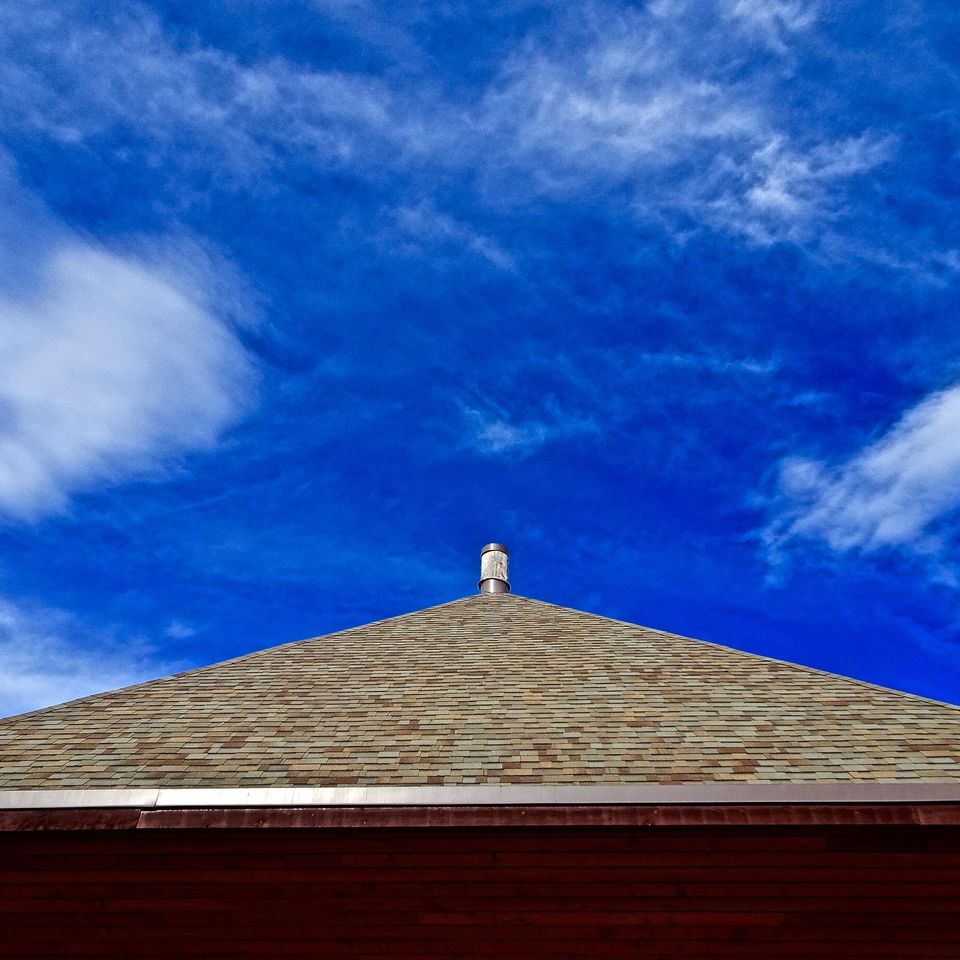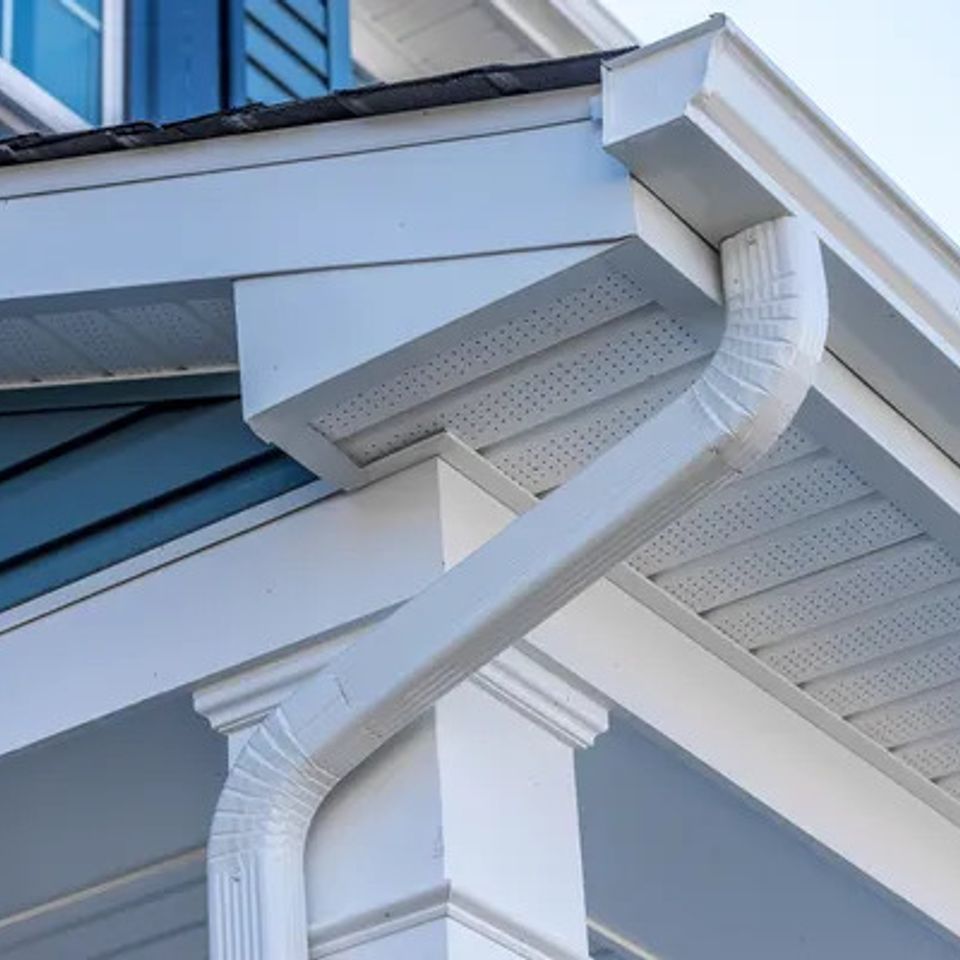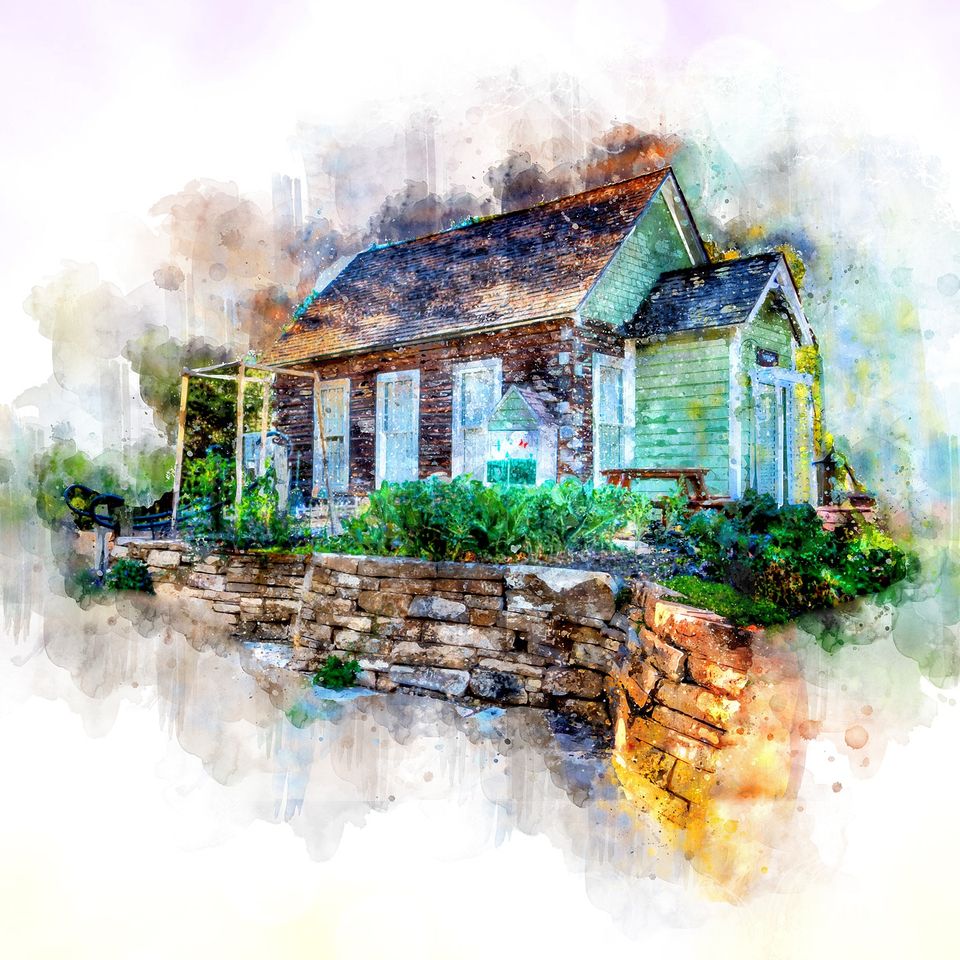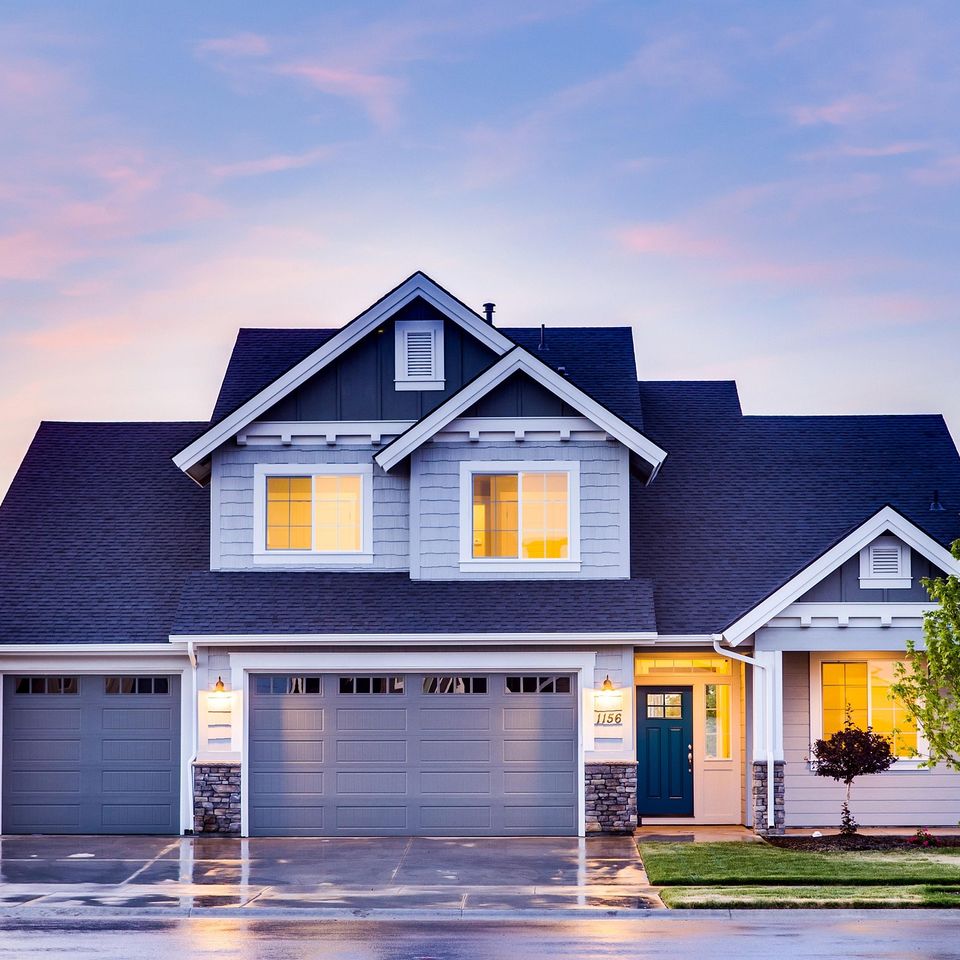Our BLOG

Why Your Roof's Condition Is So Important!
Your roof is one of the most critical components of your home. It not only shields you from the elements but also plays a significant role in your home’s energy efficiency, safety, and overall value. Keeping your roof in good condition is essential for protecting both your home and your investment.
Here are several reasons why the condition of your roof matters so much:
Don’t wait for a small problem to become a big headache—maintain your roof, and it will continue to protect you and your home for many years to come!
Here are several reasons why the condition of your roof matters so much:
1. Protection from the Elements
Your roof is the first line of defense against weather conditions such as rain, snow, hail, wind, and extreme heat. A compromised roof—whether due to missing shingles, cracks, or other damage—leaves your home vulnerable to water infiltration, which can lead to costly issues like mold, wood rot, and structural damage.- Water Damage: Even a small leak can lead to major water damage, ruining ceilings, walls, insulation, and flooring. Over time, water can seep into your home’s foundation, weakening the structure and leading to extensive repairs.
- Insulation and Ventilation Issues: If your roof is damaged, your attic and interior insulation may no longer perform efficiently, which can cause higher energy bills and discomfort inside your home.
2. Structural Integrity
A damaged roof can threaten the integrity of the entire structure. The roof supports the framing of your home, and when it’s compromised, the entire foundation could be at risk.- Roof Decking: Roof decking is the layer of material beneath your shingles that provides support. If leaks or water damage get to the decking, it can rot and weaken the structure, causing sagging and even collapse in severe cases.
- Pest Infestation: Gaps in your roof can allow pests like rodents, insects, and birds to enter your home, which can lead to further damage and even health concerns.
3. Curb Appeal and Home Value
Your roof greatly affects the overall appearance of your home. A roof in poor condition can detract from your home’s curb appeal, making it look run-down or neglected. This is especially important if you’re considering selling your home, as prospective buyers will view a damaged roof as a sign that the property requires significant repairs.- First Impressions Matter: A well-maintained roof boosts the aesthetic appeal of your home, giving it a more polished, cared-for appearance.
- Increased Home Value: A roof that’s in good shape enhances the value of your home, while a poor roof can reduce its marketability and lower its resale price. Some buyers might not even consider a home with significant roofing issues.
4. Energy Efficiency
A roof that is in poor condition can significantly affect your home's energy efficiency. Gaps, leaks, or worn-out insulation can cause air to escape from your home, leading to higher heating and cooling costs.- Heat Loss and Gain: A roof that is not properly sealed allows heat to escape in the winter and lets unwanted heat in during the summer. This means your HVAC system works harder to maintain a comfortable temperature, which can result in higher energy bills.
- Roof Insulation: The condition of your roof impacts how well your insulation performs. Properly maintained roofs help keep your home’s internal temperature regulated and contribute to energy savings.
5. Safety Concerns
A neglected roof can pose serious safety risks. Loose or damaged materials may pose a danger to you, your family, and anyone in the vicinity of your home. For example, falling shingles or pieces of debris can cause accidents. Additionally, a damaged roof can create hazardous living conditions within the home, such as mold or compromised ceilings.- Structural Collapse: In extreme cases, a deteriorating roof can lead to roof collapse, which could cause severe injury or even loss of life. The weight of water, snow, or ice accumulation on a weakened roof can create disastrous results if left untreated.
6. Costly Repairs and Replacement
Ignoring roof damage or delaying repairs can lead to much bigger problems down the road. What could have been a simple patch or shingle replacement could turn into a full roof replacement if left unchecked. The longer you wait, the more expensive the repairs become.- Cost of Neglect: Small issues like missing shingles, leaks, or cracks can lead to major structural damage over time. Roof repairs may seem costly upfront, but if you neglect roof maintenance, the eventual cost could be much higher.
- Avoiding a Full Replacement: By maintaining your roof regularly—replacing damaged shingles, cleaning gutters, and inspecting the roof for any issues—you can avoid the hefty cost of a full roof replacement.
7. Insurance and Warranties
Your roof’s condition can also affect your home insurance coverage. Many insurance companies require homeowners to maintain their roofs in good condition. If you make a claim for roof damage and your insurer finds that your roof has been poorly maintained, they may deny your claim or reduce the payout. In some cases, warranties on roofing materials may be voided if the roof is not properly maintained.- Insurance Coverage: If your roof is in poor condition and you experience significant damage (e.g., after a storm), your insurance may not cover the repairs. Regular maintenance and inspections can ensure your roof is covered.
- Warranty Protection: Many roofing materials come with warranties, but these often require routine maintenance to stay valid. Be sure to follow the manufacturer’s recommendations for maintenance and repairs to avoid voiding the warranty.
8. Peace of Mind
Knowing that your roof is in good condition provides peace of mind. You won’t have to worry about unexpected leaks or the need for costly emergency repairs. Regular inspections and maintenance can help catch problems early, ensuring that your home remains secure, comfortable, and protected.Conclusion
The condition of your roof is crucial for your home’s protection, safety, energy efficiency, and overall value. Regular roof maintenance, timely repairs, and inspections can prevent costly damage and ensure that your home remains safe, comfortable, and well-protected from the elements. If you’re unsure about the condition of your roof, it’s always best to consult a professional roofing contractor who can assess and address any issues before they turn into major problems.Don’t wait for a small problem to become a big headache—maintain your roof, and it will continue to protect you and your home for many years to come!

